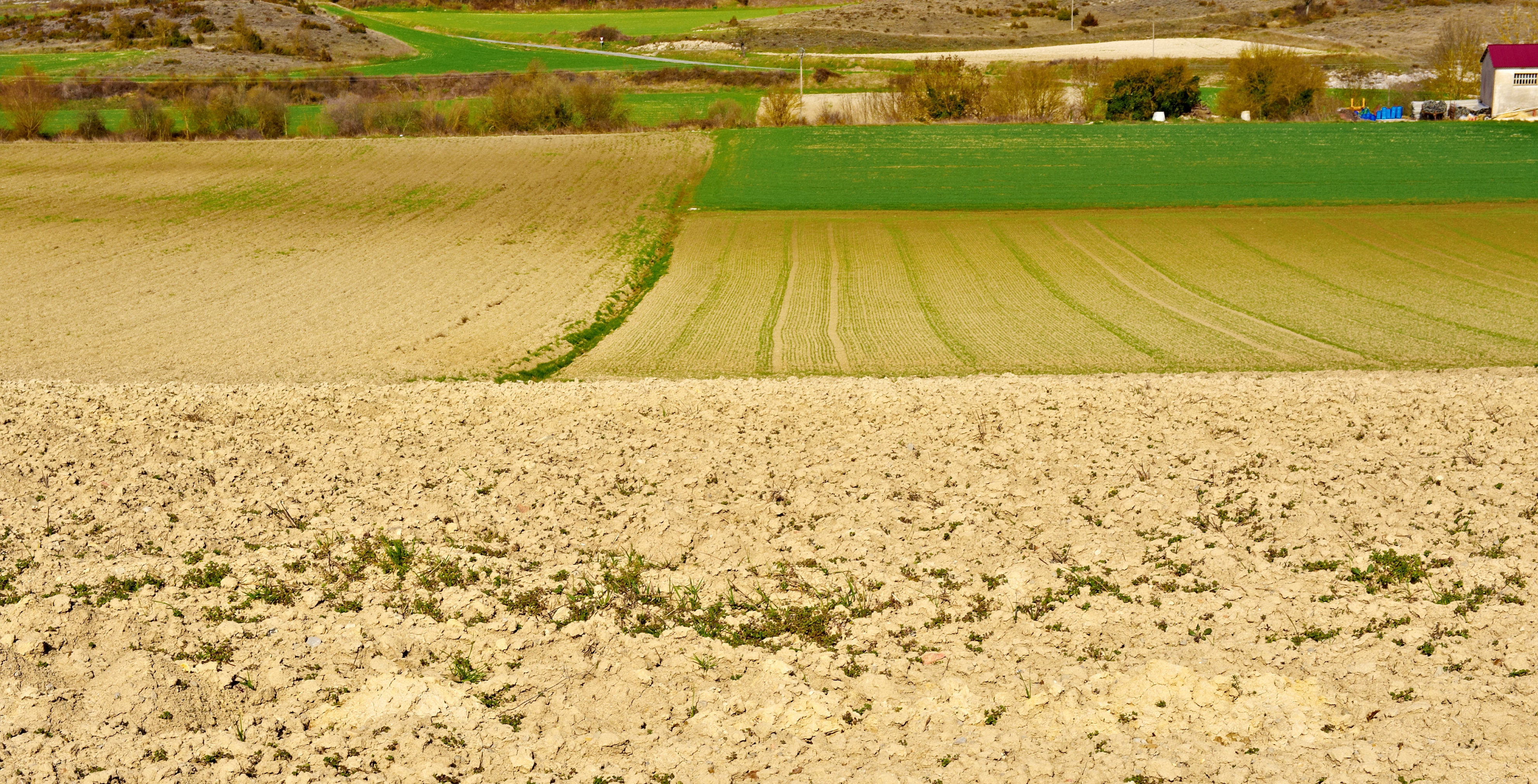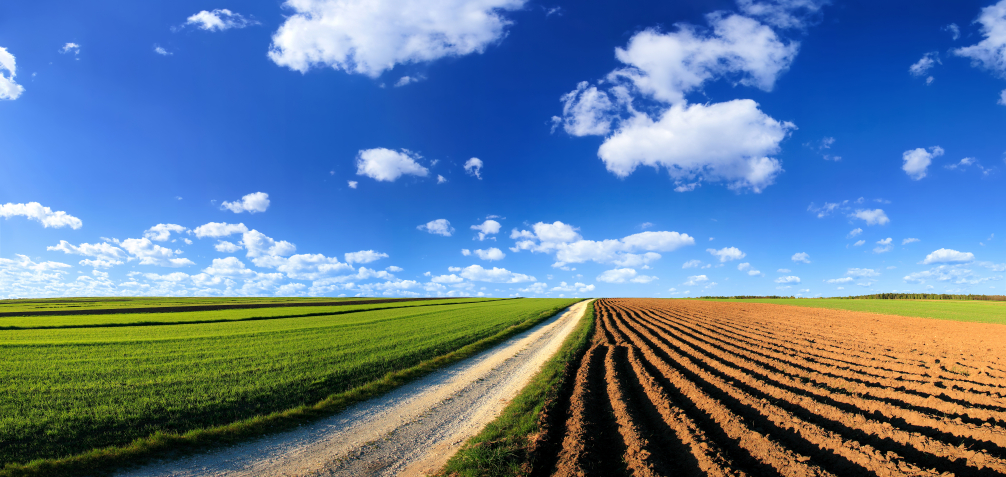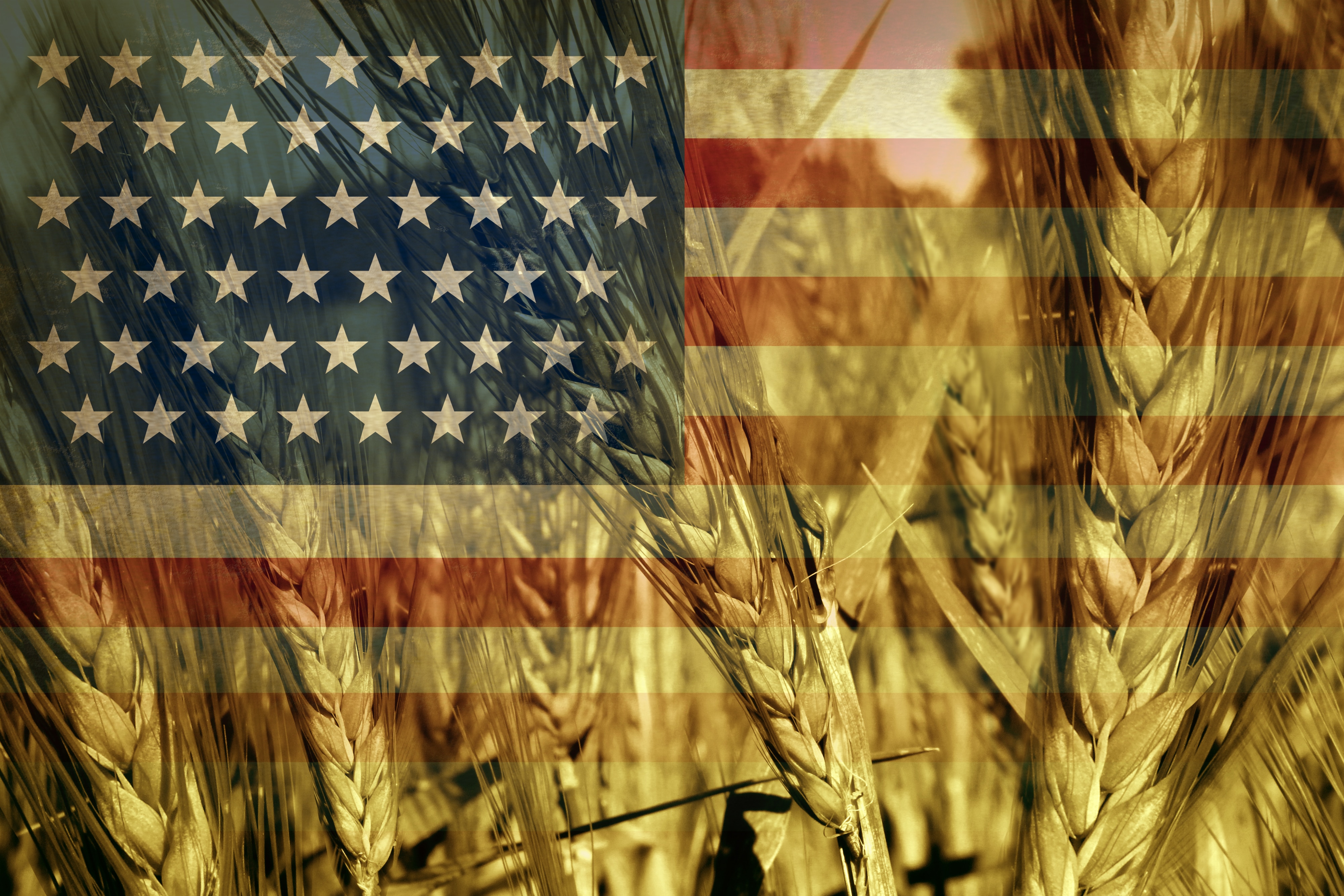
Disappearing Crop Acreage
USDA’S Prospective Plantings Report issued Thursday shows total acres planted to principal crops in the U.S. will total 318 million acres. That’s a decline of more than 1 million acres from last year.
For the first time since 1983, soybean acreage will top corn acreage. USDA projects farmers will plant 89 million acres of soybeans and 88 million acres of corn. Both of those estimates are lower than last year’s acreage.
“There were some crops that had some stronger returns than corn and soybeans [last year]. That starts with obviously the cotton situation in the south where we saw more acreage from last year and even in rice production in the south,” says Professor Chris Hurt, agricultural economist at Purdue University.
Cotton plantings are expected to reach 13.5 million acres, up 7% from a year ago. USDA analysts expect rice plantings to reach 2.7 million acres, a 9% rise. In Arkansas, the nation’s largest rice producing state, USDA expects rice acreage to grow by 170,000 acres to 1.3 million acres.
“Unless rains push us extremely late, our early rice intended acres won’t change much,” says Jarrod Hardke, extension rice agronomist for the Division of Agriculture at the University of Arkansas.
USDA is estimating all-wheat acres are up 3% from last year, pegging 47.3 million acres.
Hurt sees other factors in the land battle, something he calls ‘discouraged out. “We’re talking about very marginal land that producers don’t believe they can even get a return that will cover their variable costs of putting seed, fertilizer and chemicals into that crop,” explained Hurt.
Hurt says that move doesn’t reflect a lot of acreage in the U.S., but the country has seen over the past several years a return to a long-term average of losing about a million acres from the crop base each year.



